HealthTech was one of the fastest growing sectors in India in 2023. The sector received its biggest boost during the pandemic and though there has been some slowing down, the momentum gained then has carried forward the healthcare startups. A strong focus on adoption of IoT and AI has helped not only these startups to grow but successfully complement the existing healthcare ecosystem in the country.
Dissecting the HealthTech Market
The overall healthtech market can however be categorized into different sub-sectors each of which witnessed growth in 2023. These sub-sectors included among others e-pharmacy, e-diagnostics, tele-consultation, surgery aggregation, healthcare financing and fitness and specialty care.
The e-pharmacy market in India, pegged at around Rs 24,360 crore in 2023, is expected to grow at a CAGR of 63% and reach Rs 1,008,00 crore by 2030. While e-pharmacy might be the biggest healthtech sub-sector, it unfortunately represented only 3.5% of the overall retail pharmacy sector. The retail end-users had adopted e-pharmacies during the pandemic, and they continued their patronage in 2023 (albeit less than 2020-21). Nevertheless the lack of clarity in regulatory mechanisms and the opposition from physical pharmacy stores had stymied e-pharmacies in 2023.
The Central Drugs Standard Control Organisation (CDSCO) had served show-cause notices to 20 e-pharmacy players in Februrary about contravention of laws in swllig medicines. While the matter is still doing the rounds of courts, there is still ambiguity over the positioning of e-pharmacies vis-à-vis retail pharmacy stores. With lack of regulatory clarity and vehement opposition from the All India Organisation of Chemists and Druggists (AIOCD), bigger e-pharmacies like PharmEasy and Tata 1mg are looking at other segments to expand their services to deliver more integrated and patient-centric healthcare models.
The e-diagnostics market was pegged at Rs 1500 crore in 2023, even less than 20% of the overall organized diagnostics market in India. While still low, technology can help boost these numbers in the future. AI helped the diagnostics industry process to a new age of enhanced diagnosis while being minimally invasive. The likes of Tata 1mg, Healthians, Practo, Medibuddy adopted different technology innovations. Digital pathology too gained acceptance with players like Pathkind, Redcliffe, Medplus, Thyrocare gradually gaining ground.
The other sub-sectors like tele-consultation, surgery aggregation, healthcare financing and fitness and specialty care too started moving north in 2023. By 2030, the surgery aggregation is expected to reach Rs 42,000 crore, healthcare financing Rs 42,000 crore, teleconsultation Rs 25,200 crore, and fitness and specialty care Rs 25,200 crore. While there has been a general slowdown in all these categories since the pandemic, the HealthTech companies utilized 2023 to recalibrate to more rational business models to create credible differences in the healthcare value chain.
Tracking the HealthTech Players
Tata 1mg
Tata Digital acquired a majority stake in Tata 1mg in 2021 with a $120mn infusion. Tata Digital owned over 66% stake in Tata 1mg by FY23. This was one of the earliest bets of the Tata Group in its efforts to launch the country’s first superapp, Tata Neu. Having entered the unicorn club in 2022, Tata 1mg ended FY23 at Rs 1,627 crore up from Rs 627 crore in FY22. Unfortunately the net loss too doubled in FY23 to Rs 1254 crore.
With nearly 80% of its revenue coming from the sale of medicines, Tata 1mg pro-actively tried to offset these losses from services like diagnostics, tests and others. Accordingly, Tata 1mg is organized into six P&L centres out of which four are profitable. The focus was less on net new services, but more on and packaging the existing services and institutional partnerships. The silver lining for Tata 1mg in 2023 though was it overtaking PharmEasy to become the leader in India’s e-pharmacy market. With 31% market share in 2023, Tata 1mg overtook PharmEasy during the year only.
PharmEasy
PharmEasy had become the largest e-pharmacy platform earlier after acquiring Medlife followed by Thyrocare and Aknamed. It was serving nearly two million customers a month, but in 2023 it was overtaken by Tata 1mg in the e-pharmacy market share. However at Rs 6702 crore revenue, PharmEasy remained one of India’s Top HealthTech players.
Though PharmEasy share had declined to 15% in 2023, this was the result of a strategic shift to focus on profitability, leading to restrictions on marketing spends and initiating other cost-cutting measures. Overall this was a year of consolidation for PharmEasy with an eye on profitability. Result: they managed to reduce the losses to Rs 2200 crore down from Rs 4000 crore a year before.
NetMeds
With revenues of around Rs 1529 crore, Reliance-backed NetMeds too had around 15% of the e-pharmacy market share. It was one of the first companies that started offering pharmaceutical products, including pediatric care products, wellness products, and even lab tests through their online portal. In 2023, the app had over 3 million downloads.
In 2023, Reliance Retail forayed into standalone pharmacy stores segment under Netmeds. Reliance Retail opened over 2,000 standalone pharmacies in 2023 leveraging the NetMeds network. This might lead to a more hybrod strategic positioning in the future for NetMeds.
Practo
At Rs 204 crore, Practo is one of the earliest healthcare startups in India focusing on telemedicine and practice management platforms. It provides services for individual doctors too. Practo had a subscription-based model that helped doctors and clinics with practice and reputation management. The platform also helped with managing prescriptions and the purchase of medicines.
Though there was a slight dip in Practo revenues in 2023, Practo successfully minimized its losses by 58% to Rs 99.4 crore in FY23 primarily by adopting strategic cost-cutting measures, particularly in areas such as advertisement and consultation costs. Beyond India, the Practo subsidiaries operated in the US, the Philippines, Malaysia, Indonesia, Brazil, Mexico, and Chile.
Cult.fit
cult.fit started as a workout app to provide personalized training plans for individuals but subsequently provided offline access to gyms. In 2023, the app provided on-demand access to fitness, yoga, and meditation sessions as well as personalized meal tracking and nutrition plans.
Towards the end of last year, Cult.fit picked up a majority stake in F2 Fun & Fitness India and became the master franchise partner for Gold’s Gym in India. Cult.fit had also hived off its cloud kitchen vertical Eat.fit (under Curefoods)
The healthtech’s revenue grew three fold in FY23 to touch Rs 694 crore while its losses declined by 20%. Other than the fitness and the gym regime, the remaining revenue came from D2C, healthcare, and the design and development of sports apparel under the brand name “Cult”.
HealthifyMe
This healthtech touched Rs 228.7 crore in revenue growing more than 20% over the previous year though the losses too crossed Rs 140 crore. The HealthifyMe app garnered a user base of 35 million spread across more than 300 cities and onboarded over 1,000 coaches.
With physical presence in Bengaluru, KL and Singapore, HealthifyMe is actively working on developing AI solutions to facilitate multi-country coaching capabilities for its nutritionists. No wonder therefore that nearly 20% of its revenues originating from international markets.








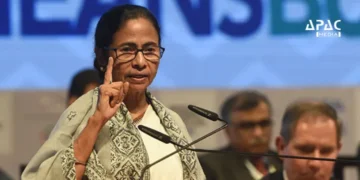
















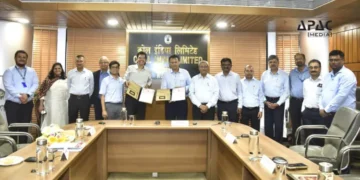
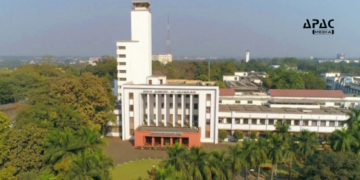

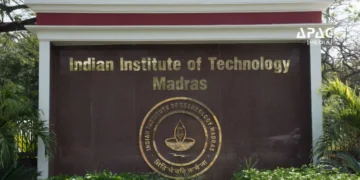

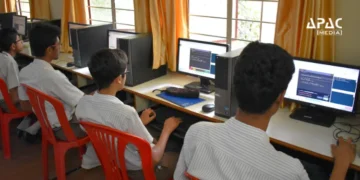








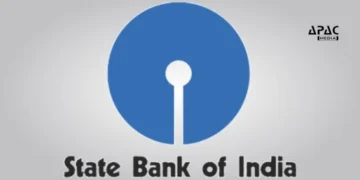


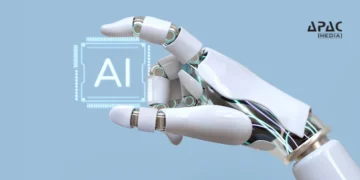


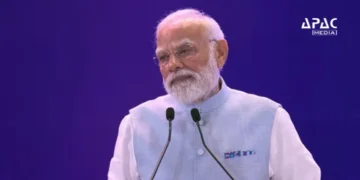

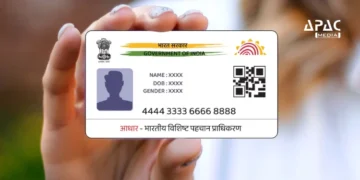





















Discussion about this post